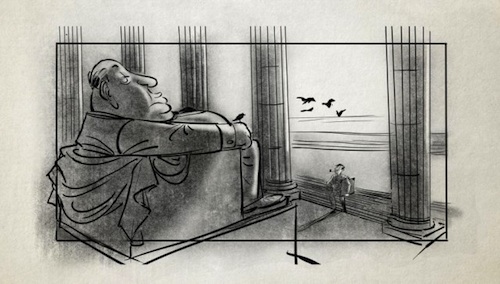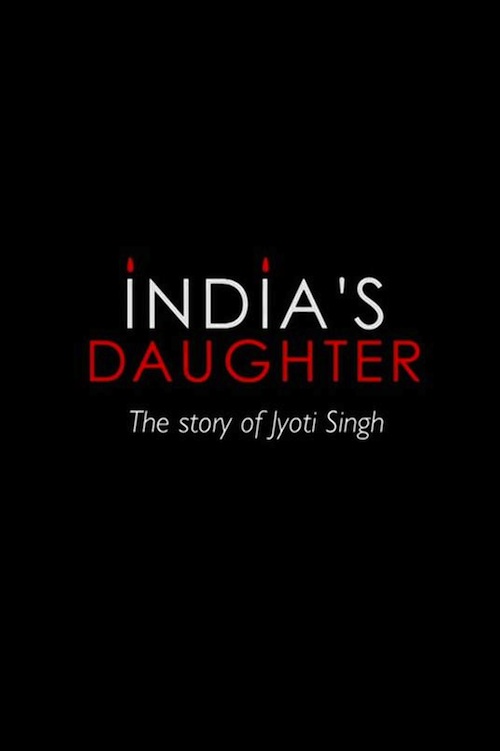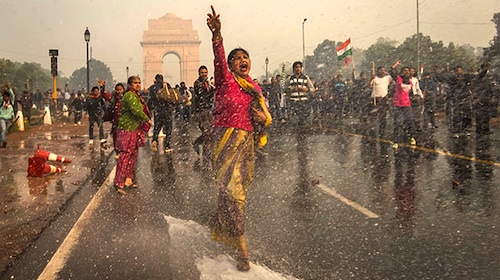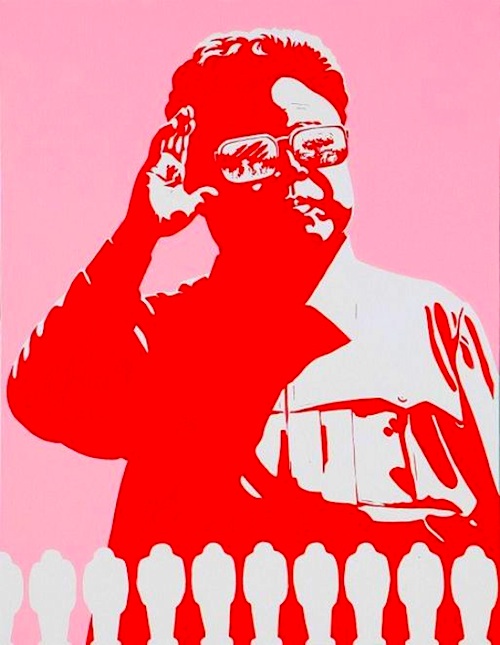By Joe Bendel. They saw starvation during the Holodomor, Stalin’s forced starvation of Ukraine and radiation sickness during the Chernobyl meltdown. The latter paled compared to the horrors of Stalin. Having persevered through Stalin’s terror, they were not about to let a little thing like radiation scare them off. Holly Morris & Anne Bogart visit several of the two hundred-some matronly survivors who returned to their once-abandoned homes in The Babushkas of Chernobyl, which screens during this year’s DOC NYC.
The once bustling villages and mid-sized towns supporting the Soviet nuclear industry are now overgrown with weeds. Instead of a scorched wasteland, nature has largely taken back the so-called “Exclusion Zone.” According to PBS’s Nature, the wolf population has thrived in recent years. Considering their advanced age and vodka consumption, the “Babushkas” also seem to be doing relatively well. Valentyna Ivanivna attributes her longevity to the healing power of herbs, while Hanna Zavorotnya puts her faith in moonshine. They are probably both right.
Although the government still tightly controls access to the zone, they have semi-officially condoned the women’s recolonization, believing they will succumb to old age before the effects of radiation manifest in their bodies. It seems a quite reasonable position really. In contrast, Morris and Bogart also incorporate some of the video shot by the foolhardy thrill seekers venturing into the Exclusion Zone, often inspired by the Stalker video game. It is certainly fascinating footage to watch, but stupid as hell.

Indeed, Morris and Bogart had to take a tag team approach to limit their exposure. We also get a series of timely reality checks from Vita Polyakova, a government guide, who shares the filmmakers’ affection for the Babushkas. Still, between the wolves and the returnees, you have to wonder if there are natural phenomena at work off-setting the effects of radiation.
Granted, the Babushkas are steadily passing away, but what can we expect. They survived the Holodomor, the National Socialist occupation, and in some cases terrible marriages. Frankly, their resiliency and ironic humor is impressive. They are almost as old as Bernie Sanders, but they have actually lived under the socialism he is so blindly devoted to. Perhaps we should listen to them when they tell us to keep plenty of moonshine and pig fat handy. Recommended for the rugged charm of its subjects and an intriguing view of a land few will visit, The Babushkas of Chernobyl screens this Wednesday (11/18) and Thursday (11/19) at the IFC Center, as part of the 20105 DOC NYC.
LFM GRADE: A-
Posted on November 16th, 2015 at 6:22pm.






